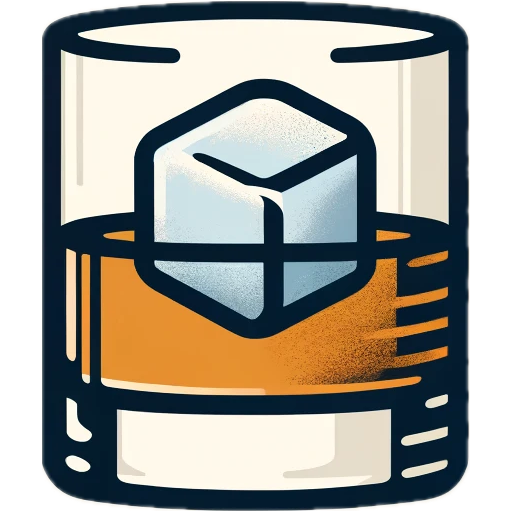In the niche of cocktail creation, milk washing stands out as both an art and a science, offering a transformative smoothness and clarity to the drinks I love to craft.
My recent journey exploring how to scale up this technique for commercial purposes has been challenging and enlightening. In this first-person narrative, I want to dive into the heart of milk washing, discussing the barriers I’ve encountered in applying this method on a larger scale and the ingenious solutions that have emerged from the mixology community.
Key Takeaways:
- My exploration into making milk washing more efficient for large batches of cocktails.
- My discovery of brewing innovations like micron filters and nut milk bags for a more streamlined cocktail preparation process.
- The impact of networking and community knowledge sharing on improving my mixology practices.
The Quest for Efficiency in Milk Washing Cocktail
Milk-washing cocktails have been known for their incredible effect on texture and taste; however, as I discovered, “this is just not efficient” when dealing with larger quantities, like five gallons.
My experience of a grueling four-hour process using coffee filters underscored the urgent need for a more streamlined method, especially from a commercial standpoint.
The search for efficiency is a common thread throughout the craft beverage industry, where time and labor costs play a crucial role in the success or failure of a business. My struggle with bottling and filtering on a larger scale served as a real-world example of the challenges mixologists face when expanding their craft.
Thinking ahead, I realized, “But if I was ever to scale this or have my other bartenders do it, I don’t want to pay them for four to six hours of their time.” This highlighted the necessity for efficient practices in a competitive industry.
Discovering Innovative Tools and Techniques
In my quest for answers, I turned to my peers. I stumbled upon a potential game-changer: “Brew in a bag,” a mesh filter that promised a significantly faster filtration method.
The suggestion to use a nut milk bag also sparked new possibilities for improving efficiency with syrups and other cocktail ingredients. Excitedly, I noted, “I just bought them…very cheap,” pointing out that these tools were not only practical but also accessible and budget-friendly.
Exploring these tools offered a fascinating look into how innovations from other industries could enhance mixology, improving practices and the quality of the final product.
The adoption of brewing techniques holds great promise for my establishment and the bartending community, serving as a means of knowledge sharing and progress.
The Power of Community Knowledge Sharing
My search for a more efficient method led me to experience the warmth and collaboration of the mixology community firsthand. My inquiry on Instagram unveiled a crucial aspect of the modern mixology landscape: the power of networking and peer support.
The wisdom shared by “several people reaching out to me” reinforced the importance of community in evolving craft cocktail techniques.
This experience underscored how vital social platforms are for bartenders and mixologists to problem-solve and innovate together. Personal stories like mine testify to the culture of sharing that thrives among passionate professionals, creating a support system that underpins individual and collective success.
As I venture towards opening my own bar and continue creating content, my journey embodies an inspiring mix of personal ambition and community collaboration.
The conversation with fellow mixologists has opened up critical insights into cocktail preparation and the relentless spirit of inquiry and innovation that defines pioneers in the field.
Advancements in technique, coupled with the camaraderie of the mixology network, paint a future where bartending traditions blend seamlessly with the efficiency of modern methodology.
